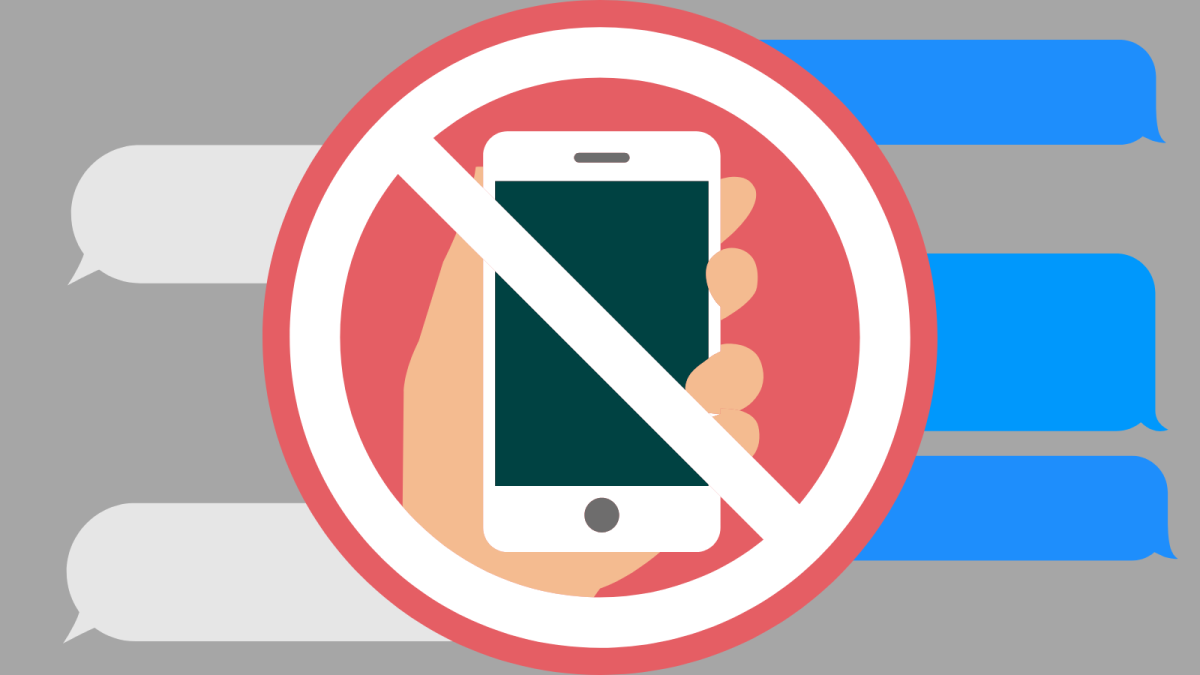Despite our country’s growing political divisiveness, one issue continues to garner bipartisan support: the ban on cell phones in schools. Politicians on both sides of the aisle have concerns about the impacts of phone usage on children’s development and behavior in the classroom and argue that eliminating them from schools could positively impact mental health and academic performance. While only 13 states have laws regulating phone use—whether total bans or just limitations—the movement to do so is gaining traction.
With less than a year left in his second and final term, Governor Phil Murphy has decided that “enough is enough, it’s time for action.” In January, Murphy called for a statewide phone ban in public schools for grades K-12. In his State of the State address, he explained to legislators, “If you ask just about any educator, they will tell you that mobile devices are a distraction in the classroom, that they are fueling a rise in cyberbullying, and they are making it incredibly difficult for our kids not only to learn but to retain the substance of what they learn.” He said his ultimate goal is to “establish phone-free schools,” and the process to do so is already underway now that the State Senate has passed a bill that will essentially do just that.
On February 26th, Murphy also announced a $3 million proposal that would supply funding to districts across the state to help them enact phone bans. The most common way phone bans have been carried out in New Jersey so far is through lockable phone pouches—primarily ‘Yondr’ pouches—but purchasing them for an entire student body can be expensive. Murphy’s proposal would guarantee that school systems across the state are able to enforce phone bans without worrying about financial barriers.
However, while state lawmakers debate the bill, the decision to carry out such policies still rests in the hands of individual districts, many of which are already taking action. Ramsey, New Jersey, became one of the most recent districts to implement a complete cellphone ban among students of all grade levels. Though it has been a challenging adjustment for some students, English teacher Lori Militello of Ramsey High School thinks the ban is already benefiting the kids socially: “I am already seeing a difference… I am seeing more conversation, more peer interactions as they enter the classroom, as they exit the classroom.”
Ramsey isn’t the only district testing the waters of a phone-less education—other schools in districts such as Cherry Hill, New Brunswick, and Jersey City have already set forth such policies or are waiting for them to go into effect.
Following this trend, Glen Ridge is also discussing the possibility of instituting a stricter phone policy. Some educators at Glen Ridge High School point to the success of the current phone ban among the 7th and 8th-grade students and hope that further restrictions for the rest of the school will help limit distractions in the classroom.
Others, particularly students, are less keen on locking their phones up throughout the day. Junior Kina Wallace says, “If I need to check in with my parents about a change of plans or if I don’t feel well, I should be able to do that without having to go through a lengthy process.”
At the same time, she acknowledges that there could be some benefits. “Having fewer distractions probably would help all of us focus more in class,” she admitted.
While students may not be thrilled about having to give up their phones, if a ban is put in place, even some skeptics acknowledge that time away from screens could be beneficial.
The debate over phones in schools is far from settled, and Glen Ridge is just one of many towns grappling with the decision. As the next few months unfold, and we find out whether the phone bans will be mandated statewide, we can expect to see more discussions on how best to create environments for students that both foster learning and well-being—without sacrificing one for the other.









